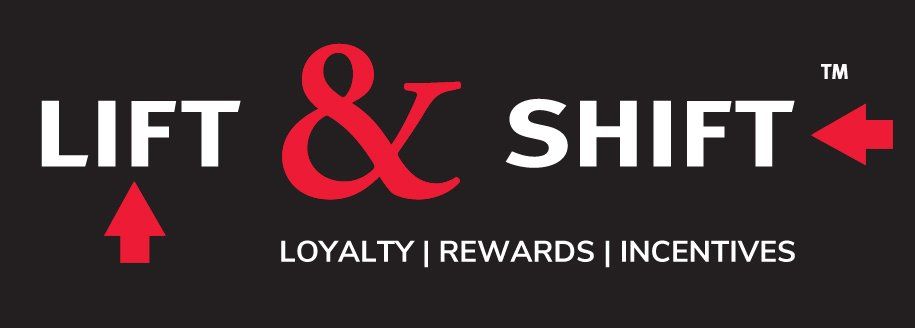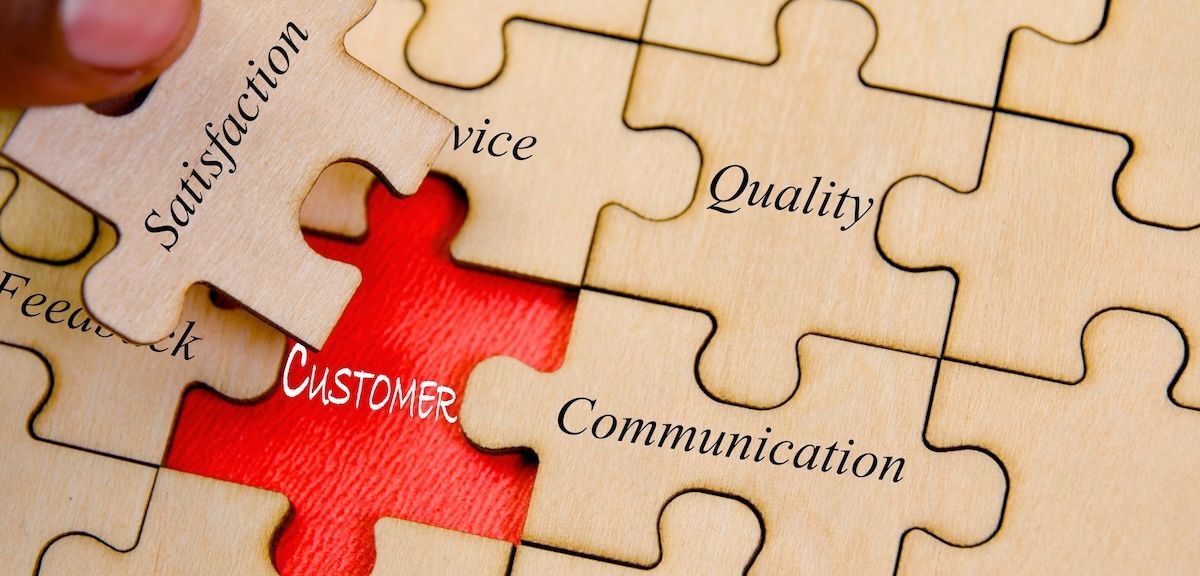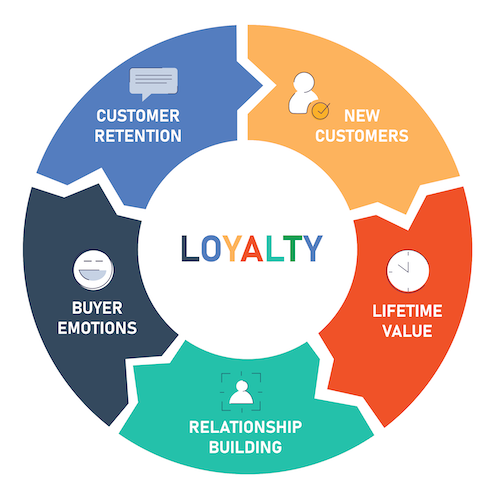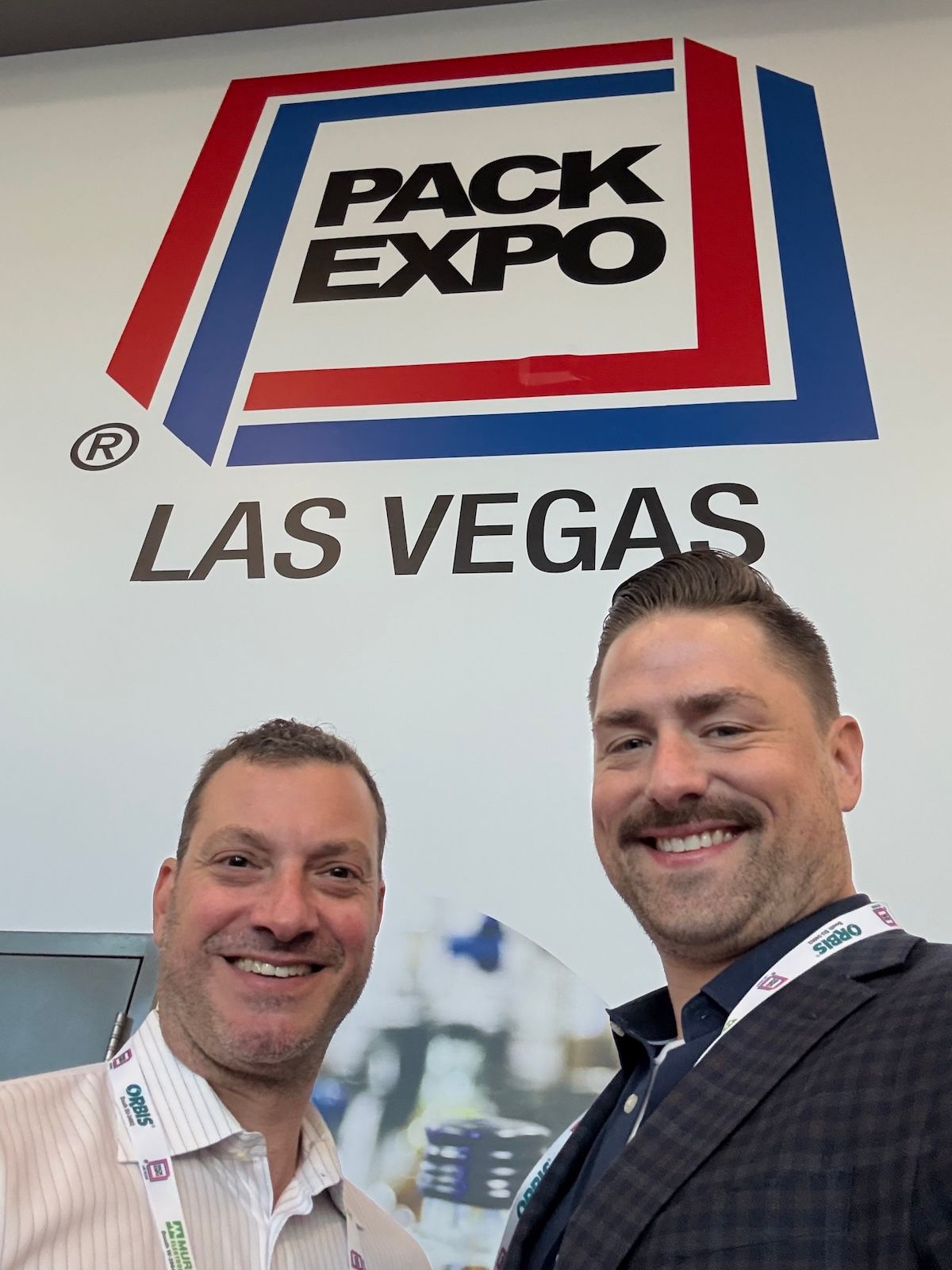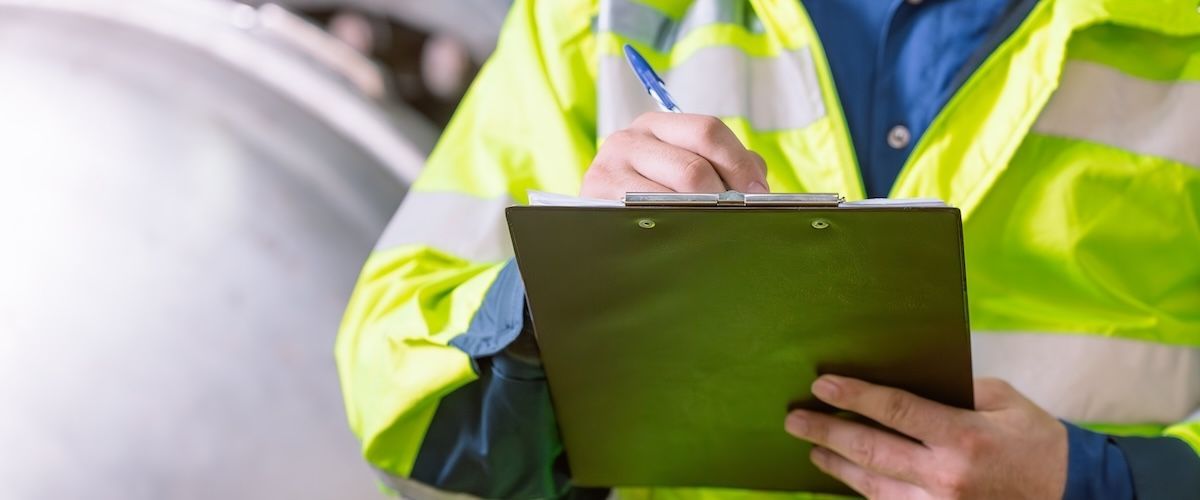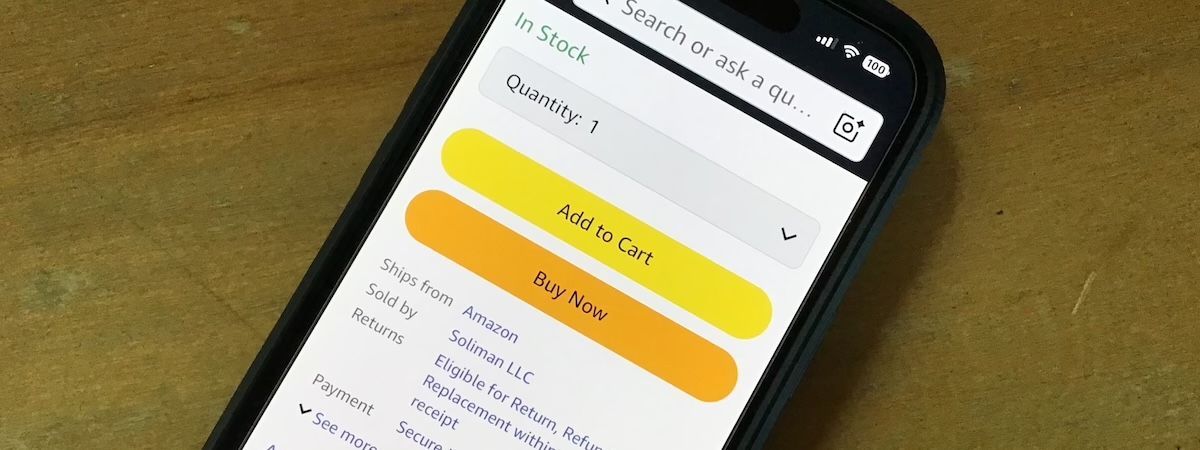When introducing someone to the concept of a B2B reward program, one of the questions we are often asked is, “Why would I reward someone who is already buying from me?” Many decision-makers have never used a reward program before and aren't aware of the wide array of sales benefits derived from a well-structured reward program.
The answer to their question is simple: to keep them buying from you! That’s the “loyalty” in a loyalty program. However, in a B2B setting, the value extends far beyond maintaining a customer’s current purchasing habits. A well-designed B2B rewards program incentivizes desirable behaviors like increasing purchase volumes, diversifying product selections, or encouraging new product adoption.
Addressing the misconception
Align the program with your sales data & objectives
The core premise is straightforward: customers earn rewards for buying your products or services. However, the most effective programs go further, leveraging historical sales data and strategic planning to align with specific sales objectives.
For example, they can:
- Increase purchase frequency by offering bonus rewards for purchases made within a certain time frame.
- Boost average transaction size by providing tiered rewards that increase in line with transaction size
- Incentivize online account setup and ordering by rewarding customers with a one-time bonus for setting up an online account and placing their first online order or earning extra rewards for all purchases through the online account for a certain period of time.
- Reverse purchasing declines by identifying lapsed customers and offering them bonus rewards on their next order within a specified time frame.
- Capture sales from products customers are currently buying elsewhere by creating a special promotion offering bonus rewards on a specific product category for customers who haven’t purchased from that category in the past year.
- Encourage bundle or bulk purchasing by rewarding bundled purchases, using bonus rewards to incentivize the purchase of a specific set of complementary products together, or offering a bonus for ordering in bulk quantities.
- Clear out old inventory by offering limited-time bonus rewards on clearance or overstock items to move aging inventory quickly.
- Introduce new product lines by providing a bonus reward for purchasing a new product line during its first period of availability.
- Shifting purchases to higher-margin items by highlighting high-margin products in your catalog and incentivizing their purchase with a 2X points multiplier compared to standard items.
Structuring a program for maximum ROI
A successful rewards program doesn’t just benefit its participants; it must also deliver measurable value to the company offering the program. This requires carefully balancing reward costs with the value of the desired behaviors. Some products or services have higher margins, so they should be associated with higher reward values to stimulate customers to buy them more often.
For instance, would you invest $0.02 or $0.03 in rewards to generate $1.00 in sales? If your margin on the $1.00 is above 20%, the answer is likely “yes.” However, for lower-margin products, where your margin is 5-15%, the answer is "no," and a more economical reward structure is needed to maintain optimal program ROI.
Data-driven success: How to evaluate and optimize B2B loyalty program performance
- Establish baselines: Use historical sales data to determine the standard purchasing behavior of your target audience. Look at metrics such as average order size, purchase frequency, product categories purchased, and customer retention rates.
- Set measurable goals: Define what success looks like for the campaign. For example, you might aim to increase sales of a specific product by 15% or boost transaction frequency by 10%.
- Segment the audience: Divide your audience into test and control groups. The test group receives the targeted rewards offer, while the control group does not. This allows you to isolate the impact of the campaign.
- Track ongoing program performance and individual campaign impact: Monitor key metrics in such as sales lift, and account penetration levels.
- Compare pre- and post-campaign metrics: Analyze the program or campaign performance against historical baselines and compare it to a control group’s results. This helps you determine the direct impact of the campaign on behavior.
- Calculate ROI: Measure the cost of the rewards issued against the incremental revenue generated. For instance, if the campaign drove $50,000 in incremental sales and $15,000 in gross profit and rewards costs were $5,000, the sales ROI would be 10:1 and the gross margin ROI would be 3:1
- Assess the long-term impact: Look beyond the immediate results. Evaluate whether the behavior changes persist over time, such as sustained increases in product adoption or customer spending. Has the target group continued to purchase the product? If so, what is the resulting 1-year return, 5 years? Lifetime value?
By systematically analyzing pre- and post-program data, your company can refine its rewards program to maximize impact and ensure that every dollar invested drives measurable results.
The Lift & Shift approach
A well-executed B2B rewards program doesn’t just reward existing behaviors—it strategically drives new ones. With every reward tied to a specific, measurable sales goal, your program becomes a highly efficient use of marketing budgets, delivering exceptional ROI. At Lift & Shift, we specialize in designing customized reward programs that align with your sales objectives. Let us help you grow your business with tailored solutions that drive loyalty and measurable success. Contact us today for a free consultation.
The Ultimate Guide to B2B Loyalty Programs
Lift & Shift™ offers a powerful B2B reward platform that can help your company leverage its sales data to drive incremental purchases with customers and channel partners or motivate sales staff. We work with manufacturers, distributors, and service providers to analyze sales data, identifying purchasing gaps and other valuable targeting opportunities.
We create and deliver highly relevant offers to customers, in-house sales staff, or sales associates, motivating your target audience to respond, using a wide array of appealing reward options as influencers. Our performance-based reward structures deliver an unparalleled return on investment with absolutely no wasted budget.
Our customizable reward platform enables clients to easily benefit from a robust loyalty reward program. It's affordable and includes Lift & Shift’s turnkey professional program administration. We take care of everything so you can focus on your key initiatives.
